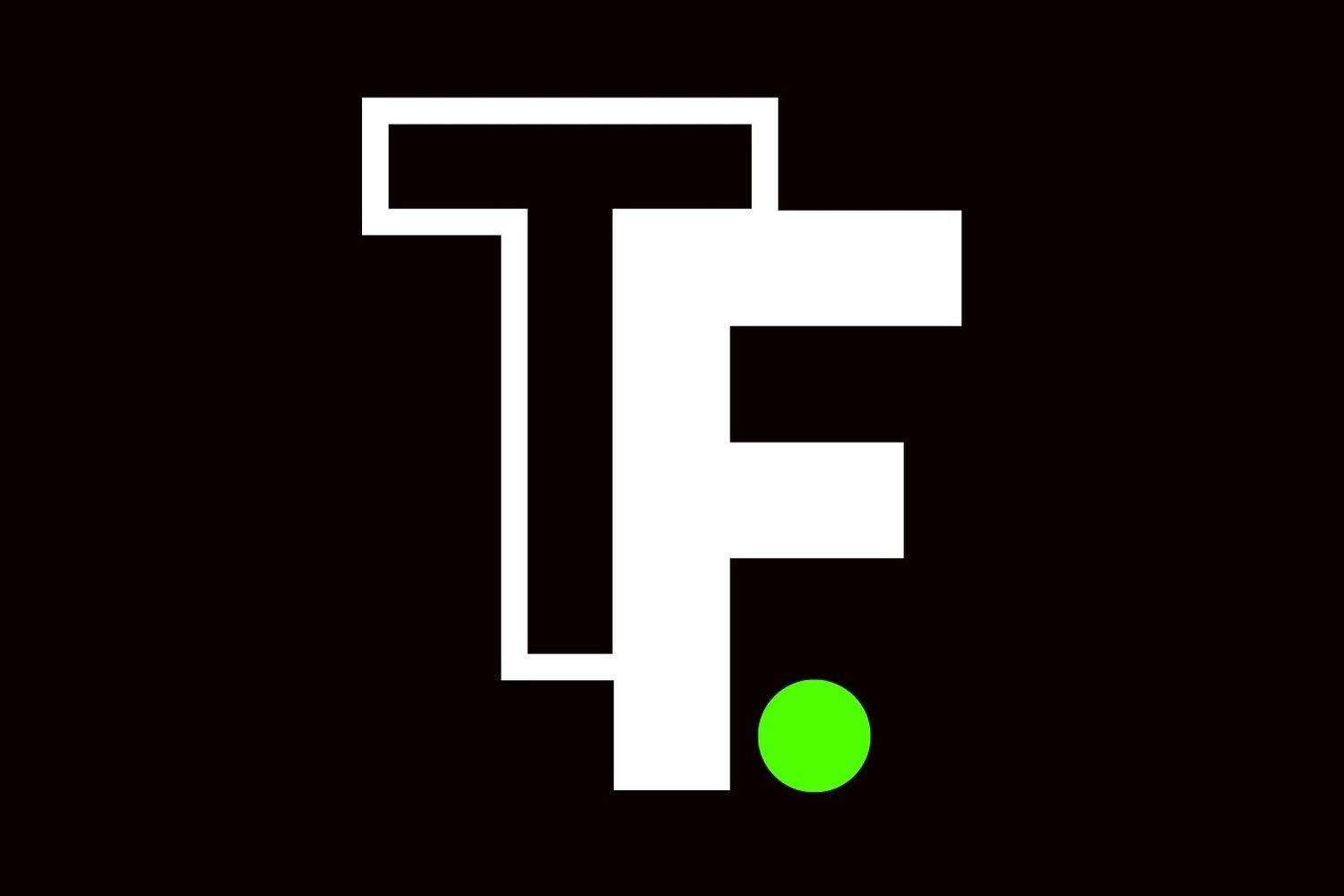WHAT IS EATING FOR VOLUME?
As cool as it sounds, eating for volume doesn't mean eating an entire large pizza in one sitting. Eating for volume is a strategy to maximize the amount of food you can eat while simultaneously keeping your calorie intake as low as possible. This strategy works on two main principles:
Calories and physical food amount are not directly correlated. A pound of broccoli will contain considerably less calories than a pound of French fries.
The human stomach can only hold so much food at any one time.
If we prioritize eating foods lower in calorie, you'll have less space in your stomach for higher calorie foods. This will help you feel fuller even though you ate the same amount of food calorie-wise. This diagram illustrates this point:
THE BEST FOODS TO HELP YOU EAT FOR VOLUME
Choose foods that are low-calorie, high in nutrients (vitamins & minerals), and will take up lots of space on your plate and in your belly.
Volume foods tend to soak up lots of water or are filled with air. Water is heavy, expands your stomach, and air increases the size of the food. Both are calorie free so the more air or water the food has, the better.
Foods higher in fiber are often more filling, bulkier, and lower in calorie. Choose foods that are high in fiber like vegetables, whole fruits, and root vegetables if you really want to pack your plate high.
Lean sources of protein with very little fat are also great high-volume foods. As a bonus, protein is the most satiating macronutrient and has a high thermic effect which means that eating protein will satisfy your hunger better than eating carbs or fat will and protein takes more energy to metabolize. This increase in energy expenditure can help you better maintain an energy deficit to lose body fat.
Here are some high-volume foods you can choose. This isn’t an all-inclusive list, but hopefully, you’ll get the idea of what kinds of foods to choose and build a big beautiful plate.
*All calories listed per 100g unless otherwise stated
Source: Google
Vegetables:
Broccoli (34 cal)
Cauliflower (25 cal)
Brussel Sprouts (43 cal)
Asparagus (20 cal)
Leafy Greens like Spinach, Kale, Bok Choy, Arugula and Lettuces (generally from 15-50 cal)
Mushrooms (22 cal)
Whole Green Beans (31 cal)
Cabbage (25 cal)
Capsicum (20 cal)
Carrots (41 cal)
Zucchini (17 cal)
Cucumber (16 cal)
Tomato (18 cal)
Pickles (11 cal)
Sauerkraut (19 cal)
Fruits:
Strawberries (33 cal)
Watermelon (30 cal)
Rockmelon (34 cal)
Grapefruit (42 cal)
Oranges (47 cal)
Peach (39 cal)
Blueberries (57 cal)
Raspberries (53 cal)
Blackberries (43 cal)
Carbs:
Cooked Oatmeal (68 cal)
Boiled Potato (77 cal)
Lentils (116 cal)
Edamame (122 cal)
Green Peas (81 cal)
Air Popped Popcorn (1 cup = 31 cal)
High Fiber Tortillas (1 tortilla = 90 cal)
Protein:
Egg whites (52 cal)
Nonfat Greek yogurt (59 cal)
Nonfat cottage cheese (72 cal)
99% lean ground turkey (115 cal)
Boneless, skinless chicken creast (165 cal)
Just remember that even though these foods are lower in calorie, you should still measure, portion and be mindful of the quantity of these foods just like you would with any food.
EATING FOR VOLUME HACKS…
Add veggies to all of your plates
Add a bunch of vegetables (#greenshit as my dad would say) to everything you eat and you'll automatically add a ton more volume without adding a lot of calories. You can be obvious and give yourself an entrée-sized portion at meals or get creative and sneak them in wherever possible.
Throw some veggies into your scrambled eggs for breakfast.
Make stir-fry with tons of veggies
Add veggie to pasta dishes
Bake veggies into a casserole
If you make a protein smoothie, add foods like spinach, kale or pumpkin.
Cook them and season them however you want. Just get them on your plate!



